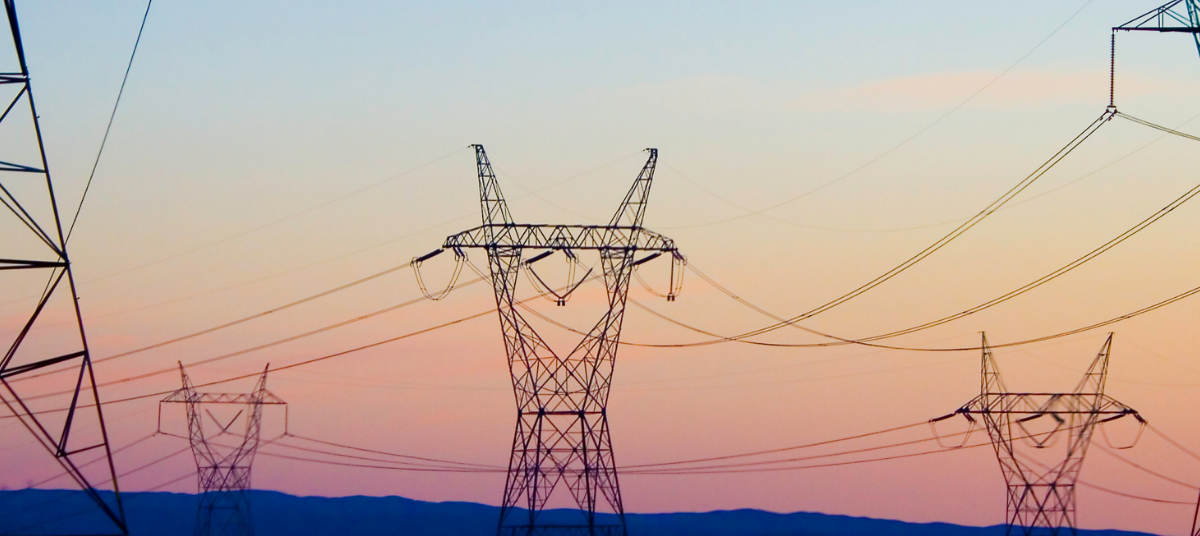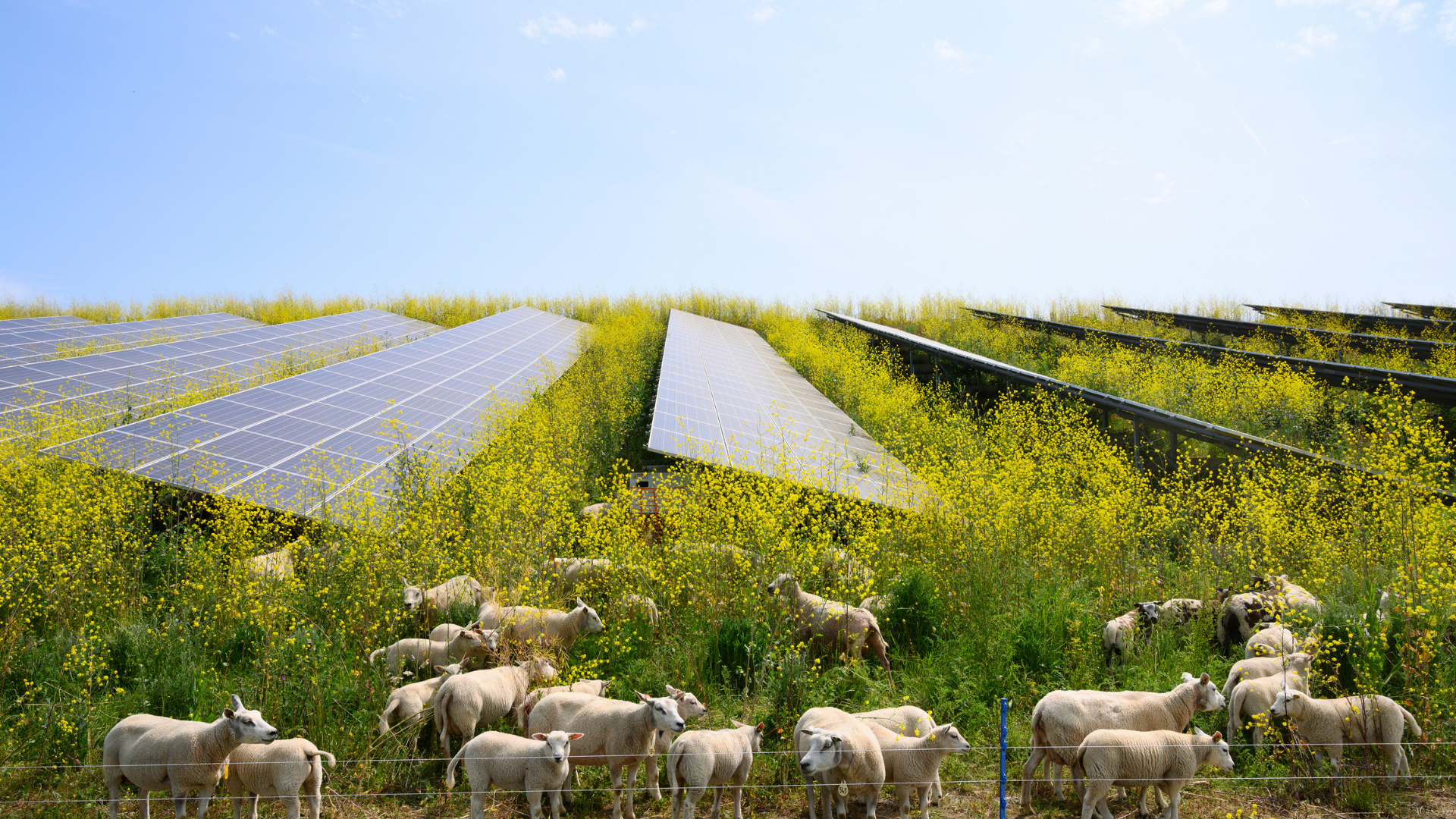
What does the new Energy Supply Strategy mean for major energy users?
7 April 2022 | 7 minutes
Earlier this week, the government unveiled its much-anticipated Energy Supply Strategy (7 April). The comprehensive document outlines plans to secure energy supply in the UK, as we follow ambitious plans to embrace decarbonisation in the long-term and manage shorter term volatility across global markets.
The key points from the Energy Supply Strategy
The Strategy focuses on security of supply and the goal of energy independence. It sets out ambitious plans to accelerate the expansion of sustainable generation solutions, including nuclear, wind, solar and hydrogen, as well as detailing our national oil and gas roadmap. A key announcement was the government’s commitment to delivering the equivalent of one nuclear reactor per year, as opposed to of one per decade, with the aim that 95% of our national electricity supply should be low carbon by 2030.
But while investment in renewable infrastructure should be celebrated, the Strategy does not include any new measures to further drive energy efficiency, leaving it to the market to invest in and drive efficiency and decarbonisation goals. That said, there are plans to roll-out a consultation on increasing rooftop solar and fast-tracking the adoption of hydrogen as an alternative to fossil fuels.
Key areas of investment announced in the strategy include:
Nuclear Britain
The Strategy will see up to 24GW by 2050 generated by nuclear, representing around 25% of Britain’s total projected electricity demand. Subject to technology readiness from industry, Small Modular Reactors (SMRs) are expected to form a key part of the nuclear project pipeline. A new government body, Great British Nuclear, is being established to bring forward new projects, backed by a £120 million Future Nuclear Enabling Fund due to be announced later this month.
Renewable generation
The Strategy sets out a new ambition for offshore wind to contribute up to 50GW of energy demand by 2030, including up to 5GW from floating offshore farms in deeper seas. As an incentive, planning reforms will be introduced to cut the approval times for new offshore wind farms from four years to one, while overall streamlining will significantly reduce the time it takes for new projects to reach development stages.
The government is also planning to consult on developing partnerships with a limited number of supportive communities, each wishing to host new onshore wind infrastructure in return for guaranteed lower energy bills.
Furthermore, the Strategy is also looking to achieve a fivefold increase in the UK’s current 14GW of solar capacity by 2035, via consultations regarding the rules for solar projects on domestic and commercial rooftops.
Oil and gas
While sustainability and renewables are a key focus of the Strategy, the UK’s national energy transition has been kept at the forefront. As such, a licensing round for new North Sea oil and gas projects is being proposed for the Autumn, with a new taskforce set to provide bespoke support to new developments. This investment aims to recognise the importance of these fuels in the transition, as well as their role in our overall national energy security (albeit in the short-term). Furthermore, it aims to reduce our reliance on international gas reserves, leaves us less exposed to macro volatility and supports the fact that producing gas in the UK has a lower carbon footprint than importing it from abroad.
Innovation
Alongside supply, the Strategy includes details of a Heat Pump Investment Accelerator Competition in 2022, worth up to £30 million to manufacturers of British heat pumps, which aims to support the wider goal of reducing long-term demand for gas.
Finally, there are plans to deliver 10GW of low-carbon hydrogen production capacity by 2030, with at least half coming from green hydrogen and utilising excess offshore wind power to bring down costs. This will not only provide cleaner energy for energy intensive British industries (allowing them to transition away from fossil fuels), but could also be used for cleaner power, transport and potentially heat alongside.
The impact for major energy users
Overall, the new Strategy increases the onus on major energy users to continue to develop their own roadmaps to address market volatility and build energy resilience into their own operations. Our own survey of some of the UK’s largest energy users made it clear that many were already looking at sourcing carbon-free energy to reduce their reliance on fossil fuels.[1]
The strategy sets a framework for building a more secure energy future but the challenge to decarbonise remains a priority.
There is a sense of urgency to the energy transition envisioned in this Strategy. The Shell Group is already involved in a range of initiatives, diversifying energy sources to reduce reliance on fossil fuels, improving energy productivity, making best use of technology to manage demand, carbon capture and storage, and many other solutions, all underpinned by the principles of avoid, reduce and abate or mitigate.
Shell CEO Ben van Beurden, said: “This is a once-in-a-generation opportunity to ensure an orderly transition to net zero while bolstering the UK's energy security and Shell is ready to play our part. We plan to invest up to £25 billion in the UK energy system over the next decade subject to Board approval, and more than 75% of this is for low and zero-carbon technology. Offshore wind, hydrogen and CCS will all be critical but we need the right policy frameworks in place. We look forward to working with government on the important detail in order to make this a reality."
By continuing to innovate and bring this expertise to the fore, Shell Energy can help its customers in the achieve their long-term decarbonisation goals.
For more information please visit the government website.
[1] Results from a UK survey of intensive energy users, conducted on behalf of Shell Energy by Energy Live News among 106 B2B respondents.
View our online content disclaimer.
Related articles

